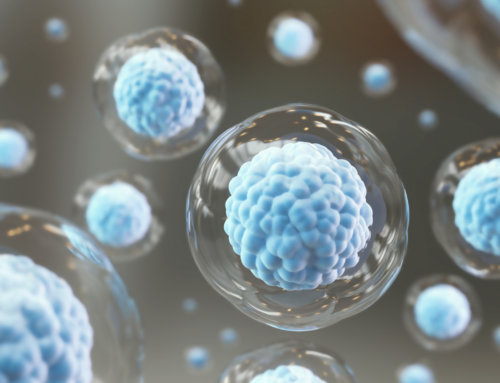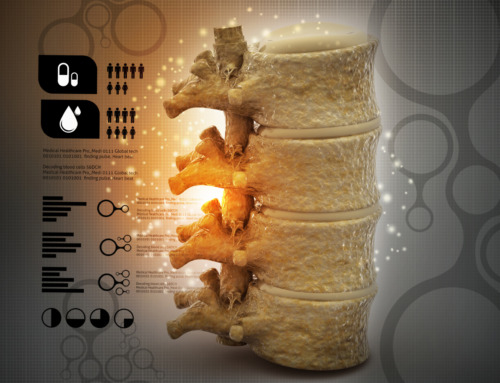The sciatic nerve is the largest nerve in the human body and 60% to 80% of people will experience some form of sciatic pain in their lifetime. The sciatic nerve is made up of multiple smaller nerves that branch from your lower back and travel down the leg. The sciatic nerve keeps the brain in contact with the lower half of the body and controls motor and sensory functions. Pain to the sciatic nerve can come from multiple causes, usually occurs on only one side of the body, and can greatly impacts a patient’s quality of life.
What Is Sciatic Pain?
When pressure or damage to the sciatic nerve occurs, the result can leave a patient with acute or chronic pain, a condition known as sciatica. Cutting, stretching, or pressure put on the sciatic nerve can affect function because the nerve may not be able to properly process signals to and from the brain. Bulging or herniated discs cause pressure or inflammation on the branches of the sciatic nerve and account for 90% of patients suffering from sciatica. Degenerative Disc Disease, caused by deterioration to the disc of the spine, can cause weakness, numbness, and pain as well. Spinal stenosis, or a narrowing of the spaces within the spine, can put pressure on the sciatic nerve, causing pain to radiate from the source of the stenosis to other parts of the body along the sciatic nerve. Patients who incur trauma from an event like a car accident can easily damage the sciatic nerve and develop sciatica. Sciatica symptoms range from weakness, numbness, pain, and tingling sensation that originate in the spine and can travel the length of the sciatic nerve, even causing pain down to the bottom of the foot. In extreme cases, damage to the sciatic nerve causes paralysis.
Can Cellular Therapy Treat Sciatic Pain?
Cellular Therapy can be a successful non-surgical option to treat sciatic pain. Degenerative joint disease, degenerative disc disease, tendon, and ligament injury, can all be treated with Cellular Therapy. A patient’s own cells can be used to treat the targeted area. Once those cells are implanted to the affected targeted area, a regenerative process takes place which allows cells to repair damaged tissue like cartilage, muscle, or disc. Many patients with sciatica prefer the option of Cellular Therapy to avoid the risks associated with alternative treatments such as surgery. Cellular Therapy promotes self-healing, does not require surgery, does not require foreign objects like plastic or metal to be implanted, and requires minimal downtime for patients- making it a safe treatment option for sciatic pain.






